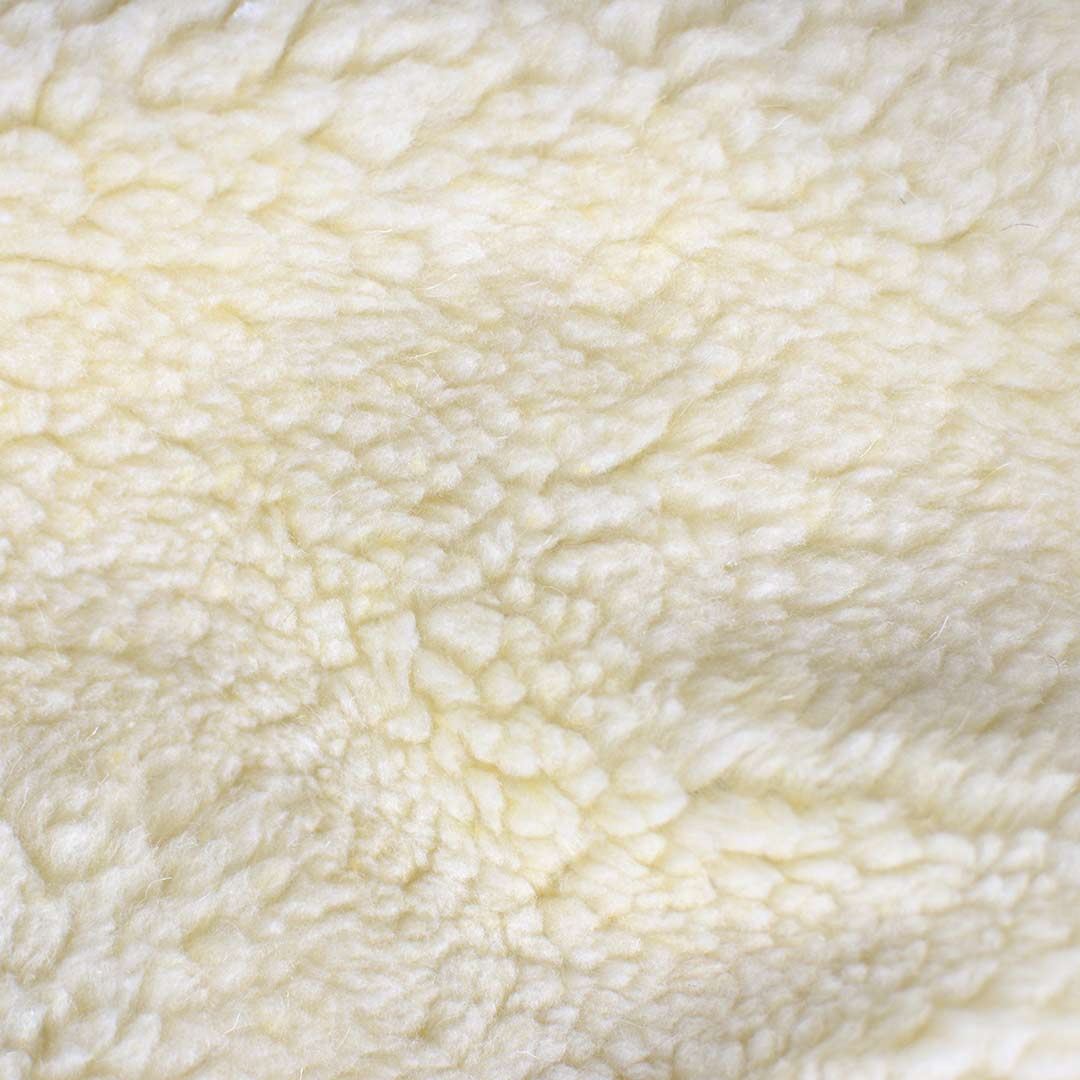Wool is a natural protein fibre that comes from the fleece of sheep. It is known for its warmth, durability, and softness, making it a popular material for clothing, blankets, and other textiles. Australia is the world's largest wool producer, with around 70 million sheep producing over 300 million kilograms each year.
It is a valuable natural fibre used for clothing for thousands of years. Australian wool is known for its high quality and is sought after by fashion designers and consumers worldwide. In this article, we will explore the journey of Australian sheep wool from the farm to the final product. Read on.
Sheep Farming in Australia
Sheep farming has been essential to the Australian economy for over 200 years. Sheep are well-suited to the Australian climate and can thrive in various environments, from the outback's dry, arid regions to the east coast's lush pastures. Sheep farming in Australia is most extensive, meaning sheep are raised on large tracts rather than in feedlots.
More to that, here are sine processes as a part of a wool journey:
Shearing the Sheep
Shearing is the process of removing the wool from the sheep. It is typically done once a year, usually in spring or early summer when the sheep's fleece is at its thickest. Shearing is a skilled job; professional shearers can shear up to 200 sheep daily. Shearing is done using electric shears, which are like giant hair clippers.
Sorting and Grading the Wool
After shearing, the wool is sorted and graded based on its quality. This is an important step, as it determines the value of the wool. Wool is graded based on factors such as its fineness, length, strength, and colour. The grading process is done by hand and requires a lot of skill and experience.
Baling and Transporting the Wool
Once the wool has been sorted and graded, it is compressed into bales for transport. Each bale can contain up to 200 kilograms of wool. The bales are then transported to wool auctions or directly to wool processing facilities.
Wool Scouring
Wool scouring is washing the wool to remove impurities such as dirt, grease, and sweat. This is done using hot water, detergent, and mechanical agitation. Wool scouring is essential, ensuring the wool is clean and ready for further processing.
Carding and Spinning
Carding is the process of separating and straightening the wool fibres. This is done using a machine called a carding machine. Once the wool has been carded, it is spun into yarn using a spinning machine. The yarn can be spun into different thicknesses depending on its intended use.
Weaving and Knitting
Once the yarn has been spun, it can be woven or knitted into fabric. Weaving is the process of interlacing yarns to create a fabric, while knitting is the process of creating a fabric by interlocking loops of yarn with knitting needles or a knitting machine. Both weaving and knitting can produce a wide range of textures and patterns, making them popular techniques for creating clothing and textiles.
Dyeing and Finishing
After the fabric has been woven or knitted, it can be dyed and finished. Dyeing adds colour to the fabric while finishing involves treating it to improve its appearance and performance. This can include ironing, steaming, and applying coatings to make the fabric more durable or water-resistant.
Quality Control
Throughout the journey of Australian sheep wool, several quality control measures are in place to ensure that the final product is of the highest quality. This can include regular testing and monitoring of the wool during processing and checks for defects and inconsistencies in the finished product.
Marketing and Distribution
Once the wool has been processed and turned into finished products, it is marketed and distributed to retailers and consumers worldwide. The Australian wool industry has a strong reputation for quality, and many fashion designers and retailers specifically seek out Australian wool for its superior performance and sustainability credentials.
Environmental and Social Responsibility
The Australian wool industry is committed to environmental and social responsibility. This includes initiatives such as reducing greenhouse gas emissions, improving animal welfare standards, and working with local communities to promote sustainable farming practices. Many Australian wool producers are also certified by organisations such as the Responsible Wool Standard and the Global Organic Textile Standard.
Future of the Australian Wool Industry
The future of the Australian wool industry looks bright, with growing demand for sustainable and high-quality textiles worldwide. The industry is continuing to invest in research and development to improve the sustainability and performance of Australian wool, as well as exploring new markets and applications for this versatile natural fibre.

The Importance of Australian Sheep Wool in UGG Boots
Australian sheep wool is a key component of UGG boots, providing warmth, softness, and moisture-wicking properties. The wool is also naturally hypoallergenic, making it ideal for people with sensitive skin. UGG boots are made with twin-face sheepskin, meaning the wool is still attached to the skin, providing insulation and breathability.
The UGG boot is only possible with the high-quality and sustainable Australian sheep wool used to make them. Australian sheep wool provides both warmth and comfort, as well as being naturally hypoallergenic and moisture-wicking. As the demand for sustainable and high-quality textiles continues to grow, UGG boots and the Australian wool industry are working together to ensure that UGG boots remain a popular and sustainable choice for consumers. Also read Sheep Farming in Australia for UGG Boots.
Explore Nature's Warm Embrace Through Wool
The journey of Australian sheep wool from the farm to the final product is a complex and fascinating process involving many processing and quality control stages. This natural fibre is highly valued for its warmth, softness, and durability and is used in a wide range of clothing and textile products worldwide.
The Australian wool industry is committed to sustainability and social responsibility, with initiatives in place to reduce greenhouse gas emissions, improve animal welfare standards, and promote sustainable farming practices. Many Australian wool producers are also certified by organisations such as the Responsible Wool Standard and the Global Organic Textile Standard.
The importance of Australian sheep wool extends beyond its use in clothing and textiles. It is also an essential part of Australian culture and history, with sheep farming being a vital part of the Australian economy for over 200 years. The UGG boot, which has its roots in Australian sheepskin and wool, is just one example of how this natural fibre has become an iconic part of global fashion and culture.


